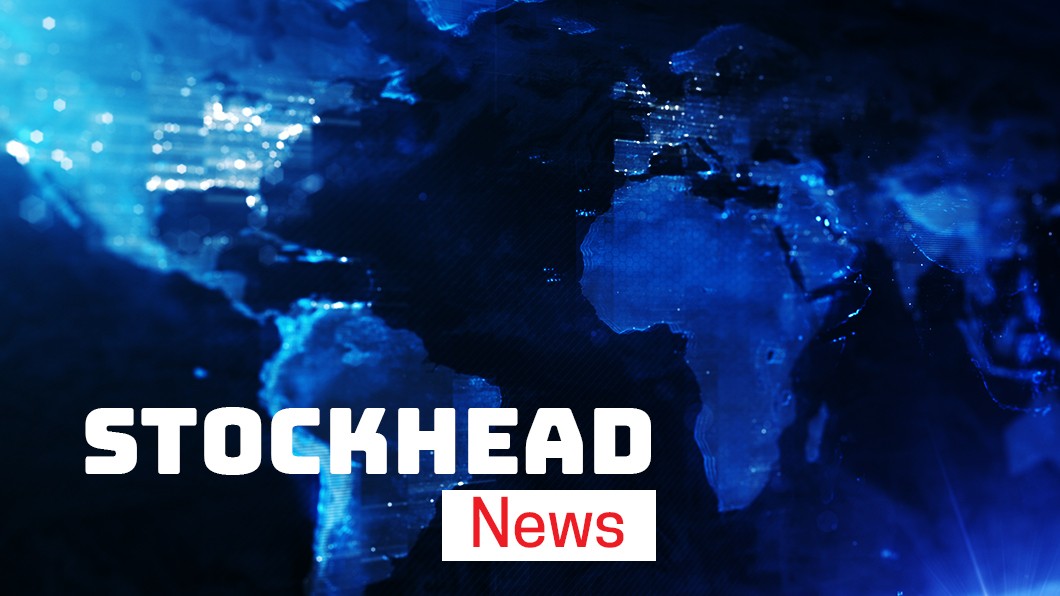How ASX investors can beat the market as stocks ‘grind upwards’

Pic: DKosig / iStock / Getty Images Plus via Getty Images
Approaching the half-year, pro investor Heath Moss remains broadly optimistic about the ASX outlook.
The head of advisory group HLM Investments, Moss caught up with Stockhead this week to talk stock picks, sectors to watch and a little bit of RBA chatter.
‘Grind upwards’
For starters, April has been a cruisy month by post-COVID standards.
The S&P500 VIX index — a useful benchmark for global stock volatility — is trading below 20 for the first time since the pandemic.
That marks a contrast to the March quarter, when things got pretty weird. Remember GameStop? Or the bond market fright? Just distant memories (for now).
Moss put the shift into context:
“I think for the ASX and developed economies in general, markets are normalising and the focus is returning to earnings,” he said.
COVID-19 is still a major health threat for countries such as Brazil and India, but vaccine rollouts have “settled things down”, he added, with Israel, the US and UK leading the way.
“We’ve gone from this period of huge volatility, selling and fear into a pretty aggressive rally,” Moss said.
“So I think what you’re seeing now is a more normalised market. A number of big US companies have reported strong numbers this week, and to me it’s less about ‘vol’ and more of a grind upwards.”
Beat the market
Moss thinks the post-COVID recovery is now poised to extend into the medium term.
And when he caught up with Stockhead last December, the chat turned to positioning for the next structural upturn in commodity prices.
That shift is now playing out, with copper and iron ore both trading at decade-highs.
Moss is staying active in commodities as a way to “get that extra outperformance” to the broader market.
“In the small cap space I started trading Copper Mountain Mining Corp (ASX:C6C) in the $3 range, and that’s up over $4 now,” he said.
“At the speculative end we’ve added Eagle Mountain Mining (ASX:EM2), New World Resources (ASX:NWC) and Noronex (ASX:NRX) to get exposure to that copper exploration side.”
“So that’s where I’ve tried to add for outperformance and it’s working well at the moment.”
Moss also consulted his iron ore crystal ball — a hot topic of discussion given prices have stubbornly held near $US200 a tonne for months.
“It’s not sustainable, but I can’t see any pull-backs until Q4 this year or maybe later in Q3,” he said.
“That’s because we’ve just come through China’s winter construction season where they typically wind back steel production, and it just roared on through.”
In seasonally-adjusted terms terms, Chinese steel production figures in March were the best on record.
In that context, Moss expects demand from the world’s biggest iron ore consumer to remain strong through the middle of the year.
Expect the big players — Rio Tinto, BHP and Fortescue — to drop some monster dividends in that period, he added.
“I’d say they’ll all hit new highs over the next six months or so, but just be prepared to take some (gains) off the table if you can,” Moss said.
At the small-cap end of the iron ore spectrum, he’s still a big fan of the Canada-based Champion Iron (ASX:CIA).
“They’re only trading at around six times forward earnings, and they’re looking to double production quotas from their mine in Canada.”
“It’s really high-grade iron ore, so if things do pull back I doubt they’ll be as affected,” Moss said.
Oil-watch
Speaking of commodities, Moss said investors should also expect the structural uptrend to flow into some cost-push inflationary pressures.
Stockhead recently got the rundown on near-term oil prices from UBS expert Tom Allen, and Moss expects prices to climb amid declining investment in new oil supply projects.
“We could see new highs in oil due to fact that everyone is so focused on renewable energy, and building infrastructure around that and away from fossil fuels,” he said.
As Allen highlighted, markets are on edge for an orderly unwind of OPEC’s excess supply reserves. But once that works through the system, Moss said the supply/demand rebalance will be one to watch.
“I think oil could be a big story over the medium term through to 2024/25,” he said.
“Oil is a major inflation driver, because it feeds into everything.”
“For example, every transport cost across the supply chain. It feeds through to all facets of the economy, so I think that’s a big one moving forward.”
Credit shock
While inflation is expected to rise, Moss still doesn’t think interest rates are moving off rock-bottom until late-2022 at the earliest.
That’s still a fair bit earlier than the RBA’s current timeline of 2024. And assessing the layout of post-COVID market, Moss said the “next big shock could be a credit shock”.
“From where we are now, I don’t think rates have to go to 3-4 per cent for that to happen because the world is a lot more leveraged than it was even 10-15 years ago (before the financial crisis),” Moss said.
He said that could prompt the introduction of incremental rate rises such as 0.1pc, as opposed to the standard 0.25pc, to “soften the blow a bit”.
“Inflation is definitely coming, and where it’s coming from (cost-push sectors like commodities), technology disruption can’t really offset on the demand-side in the short term,” Moss said.
UNLOCK INSIGHTS
Discover the untold stories of emerging ASX stocks.
Daily news and expert analysis, it's free to subscribe.
By proceeding, you confirm you understand that we handle personal information in accordance with our Privacy Policy.








